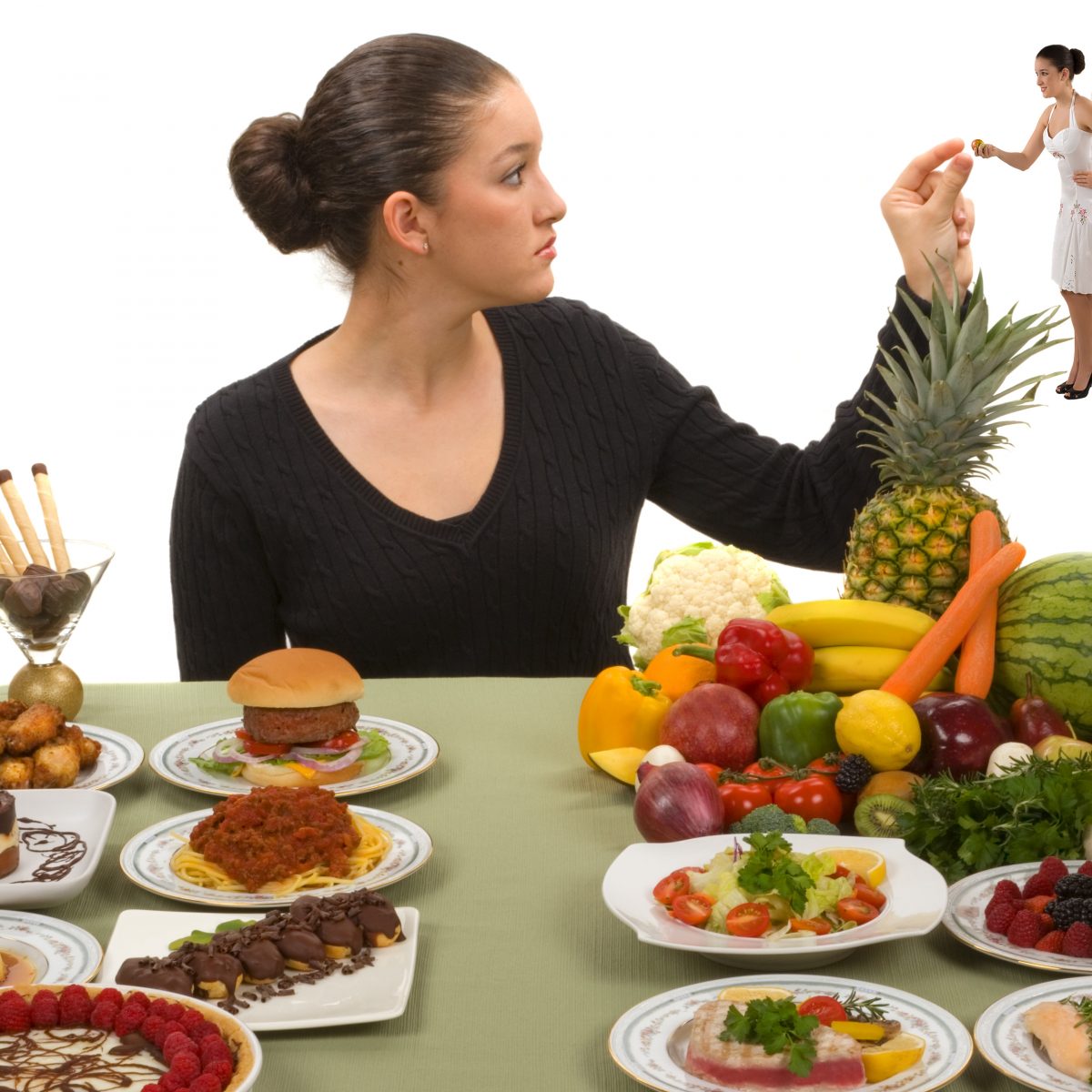You Must Learn to Read Labels to find Organic Foods at the Supermarket
If you are attempting to lose weight, then making changes to your diet plan is imperative for success. When you are the type of supermarket shopper who simply puts anything into a grocery cart without thinking, then you are not accustomed to reading labels to understand the nutrition and calories in different foods. After choosing to begin a weight-loss program, it is time to learn about the differences between organic and nonorganic foods. Nonorganic and organic foods are available in a variety of forms, including fresh, canned, dried or frozen. It is possible to buy ready-made packaged foods such as breakfast cereal, pasta and frozen dinners that are made of organic or nonorganic ingredients.
How Organic Foods are Grown and Packaged
Organic foods are grown and stored without using any of these products or processes:
• Synthetic fertilizers – to enrich the soil
• Chemical pesticides – to destroy fungus and insects
• Artificial food additives – such as dyes and hormones
• Industrial solvents – including waxes to cover fresh fruit
• Irradiation – designed to preserve foods on the supermarket shelves
While there is still no definite medical research that has determined that nonorganic foods cause people to gain weight, there are many individuals who believe that chemicals and irradiation methods are responsible for health problems. In many cases, you might ingest numerous chemicals in a meal, and no one knows exactly how these different substances react together in the human body.
Consume High-Calorie Foods in Moderation
When you are attempting to lose weight, there are particular high-calorie foods that dietitians suggest eliminating from menu plans. To lose weight faster, it is a good idea to stop consuming high-fat foods such as salad dressings, cheese and cooking oils. If you are going to consume foods that have a lot of calories and little nutritional value, then only have the foods occasionally and in moderation. There are studies that people who deprive themselves a treat on special occasions are less likely to lose weight successfully. This means if you are at a birthday party, then it is acceptable to have a slice of cake with a scoop of ice cream.
Consume a Lot of Fruits and Vegetables at Each Meal in Addition to Protein
Begin your meals with fruit or vegetables that are not slathered with margarine, dips or cheese. Fresh and raw vegetables offer numerous minerals, vitamins and fiber that are essential for helping you to feel full quickly. For breakfast, you can have a half a grapefruit or a bowl of strawberries followed by whole-wheat toast or oatmeal. If you need protein for breakfast, then eggs are fast to cook, and there are other options besides frying in oil. It is also okay to have pork or turkey bacon as long as you only eat two slices instead of 10. You should eat vegetables first at other meals, and make sure to choose several varieties when shopping to avoid boredom. Don’t forget to eat low-fat proteins such as chicken without the skin or steamed fish cooked with herbs.
Learn about Appropriate Portion Sizes when preparing Meals
A well-balanced diet plan should also have carbohydrates and dairy foods but in the correct portion sizes rather than huge amounts. There is a good chance that you do not know that a portion of brown rice is the size of a golf ball and a portion of pasta is the size of a baseball. When you go to a restaurant, you might receive a serving of steak that covers an entire plate, but a portion of meat is actually the size of a deck of cards. This means you need to ask a waiter to bring a container to the table to take home excess food for another meal.
Todd Nelson, D.Sc. trained at the International Center for Natural Health and Medicine, graduating with both a Naturopathic Doctor degree and a Doctor of Holistic Health Sciences degree. Aside from heading the Tree of Life Wellness Center in Denver, Colorado as a naturopathic doctor, Todd is also a co-author of 3 books.





